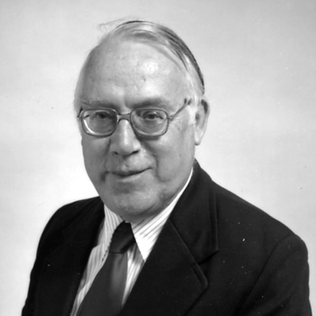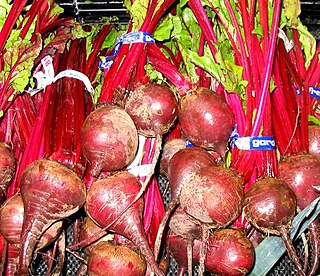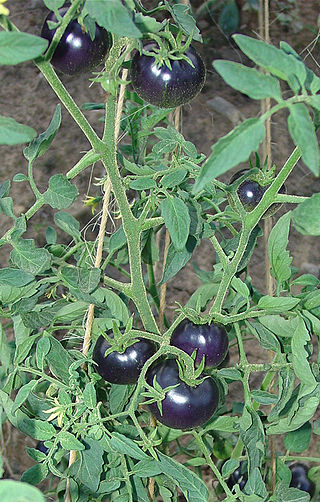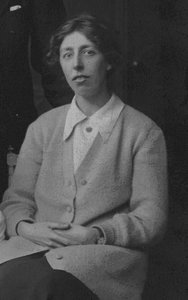
Primula is a genus of herbaceous flowering plants in the family Primulaceae. They include the primrose, a familiar wildflower of banks and verges. Other common species are P. auricula (auricula), P. veris (cowslip), and P. elatior (oxlip). These species and many others are valued for their ornamental flowers. They have been extensively cultivated and hybridised. Primula are native to the temperate Northern Hemisphere, south into tropical mountains in Ethiopia, Indonesia, and New Guinea, and in temperate southern South America. Almost half of the known species are from the Himalayas.

Anthocyanidins are common plant pigments, the aglycones of anthocyanins. They are based on the flavylium cation, an oxonium ion, with various groups substituted for its hydrogen atoms. They generally change color from red through purple, blue, and bluish green as a function of pH.

Chromoplasts are plastids, heterogeneous organelles responsible for pigment synthesis and storage in specific photosynthetic eukaryotes. It is thought that like all other plastids including chloroplasts and leucoplasts they are descended from symbiotic prokaryotes.

The blood orange is a variety of orange with crimson, near blood-colored flesh. It is one of the sweet orange varieties. It is also known as the raspberry orange.

Jeffrey Barry Harborne FRS was a British chemist who specialised in phytochemistry. He was Professor of Botany at the University of Reading, 1976–93, then Professor emeritus. He contributed to more than 40 books and 270 research papers and was a pioneer in ecological biochemistry, particularly in the complex chemical interactions between plants, microbes and insects.
Protocyanin is an anthocyanin pigment that is responsible for the red colouration of roses, but in cornflowers is blue. The pigment was first isolated in 1913 from the blue cornflower, and the identical pigment was isolated from a red rose in 1915. The difference in colour had been explained as a difference in flower-petal pH, but the pigment in the blue cornflower has been shown to be a supermolecular pigment consisting of anthocyanin, flavone, one ferric ion, one magnesium and two calcium ions forming a copigmentation complex.

Malvin is a naturally occurring chemical of the anthocyanin family.

Betalains are a class of red and yellow tyrosine-derived pigments found in plants of the order Caryophyllales, where they replace anthocyanin pigments. Betalains also occur in some higher order fungi. They are most often noticeable in the petals of flowers, but may color the fruits, leaves, stems, and roots of plants that contain them. They include pigments such as those found in beets.

Anthocyanins, also called anthocyans, are water-soluble vacuolar pigments that, depending on their pH, may appear red, purple, blue, or black. In 1835, the German pharmacist Ludwig Clamor Marquart named a chemical compound that gives flowers a blue color, Anthokyan, in his treatise "Die Farben der Blüthen". Food plants rich in anthocyanins include the blueberry, raspberry, black rice, and black soybean, among many others that are red, blue, purple, or black. Some of the colors of autumn leaves are derived from anthocyanins.

The phenolic content in wine refers to the phenolic compounds—natural phenol and polyphenols—in wine, which include a large group of several hundred chemical compounds that affect the taste, color and mouthfeel of wine. These compounds include phenolic acids, stilbenoids, flavonols, dihydroflavonols, anthocyanins, flavanol monomers (catechins) and flavanol polymers (proanthocyanidins). This large group of natural phenols can be broadly separated into two categories, flavonoids and non-flavonoids. Flavonoids include the anthocyanins and tannins which contribute to the color and mouthfeel of the wine. The non-flavonoids include the stilbenoids such as resveratrol and phenolic acids such as benzoic, caffeic and cinnamic acids.

Petunidin (Pt), like Europinidin and Malvidin, is derived from Delphinidin and is an O-methylated anthocyanidin of the 3-hydroxy type. It is a natural organic compound, a dark-red or purple water-soluble pigment found in many red berries including chokeberries, Saskatoon berries or different species of grape, and also part of the pigments responsible for the petal colors in many flowers. This pigment gives the Indigo Rose tomatoes the majority of their deep purple color when the fruits are exposed to sunlight. The name of the molecule itself is derived from the word Petunia.

The color of wine is one of the most easily recognizable characteristics of wines. Color is also an element in wine tasting since heavy wines generally have a deeper color. The accessory traditionally used to judge the wine color was the tastevin, a shallow cup allowing one to see the color of the liquid in the dim light of a cellar. The color is an element in the classification of wines.

Antirrhinin is an anthocyanin. It is the 3-rutinoside of cyanidin.

Blue tomatoes, also called purple tomatoes, are tomatoes that have been bred to produce high levels of anthocyanins, a class of pigments responsible for the blue and purple colours of many fruits, including blueberries, blackberries and chokeberries. Anthocyanins may provide protection for the plant against insects, diseases, and ultraviolet radiation. Some of these tomatoes have been commercialized under the names "Indigo Rose" and "SunBlack".

Muriel Onslow was a British biochemist, born in Birmingham, England. She studied the inheritance of flower colour in the common snapdragon Antirrhinum and the biochemistry of anthocyanin pigment molecules. She attended the King Edward VI High School in Birmingham and then matriculated at Newnham College, Cambridge in 1900. At Cambridge she majored in botany. Onslow later worked within Bateson's genetic group and then Frederick Gowland Hopkins biochemical group in Cambridge, providing her with expertise in biochemical genetics for investigating the inheritance and biosynthesis of petal colour in Antirrhinum. She was one of the first women appointed as a lecturer at Cambridge, after moving to the Biochemistry department.

Primula sinensis, or the Chinese primrose, is a plant species in the genus Primula.

Rose Scott-Moncrieff (1903-1991), was an English biochemist, credited with founding the science of biochemical genetics.

Blue flower colour was always associated with something unusual and desired. Blue roses especially were assumed to be a dream that cannot be realised. Blue colour in flower petals is caused by anthocyanins, which are members of flavonoid class metabolites. We can diversify three main classes of anthocyanin pigments: cyaniding type responsible for red coloration, pelargonidin type responsible for orange colour and delphinidin type responsible for violet/blue flower and fruits coloration. The main difference in the structure of listed anthocyanins type is the number of hydroxyl groups in the B-ring of the anthocyanin. Nevertheless, in the monomeric state anthocyanins never show blue colour in the weak acidic and neutral pH. The mechanism of blue colour formation are very complicated in most cases, presence of delphinidin type pigments is not sufficient, great role play also the pH and the formation of complexes of anthocyanins with flavones and metal ions.
Dorothea De Winton (1891–1982) was a plant scientist and one of the first female geneticists. She worked at the John Innes Horticultural Institution for over 20 years.
Aslaug Sverdrup Sømme was a Norwegian plant scientist and geneticist.

















